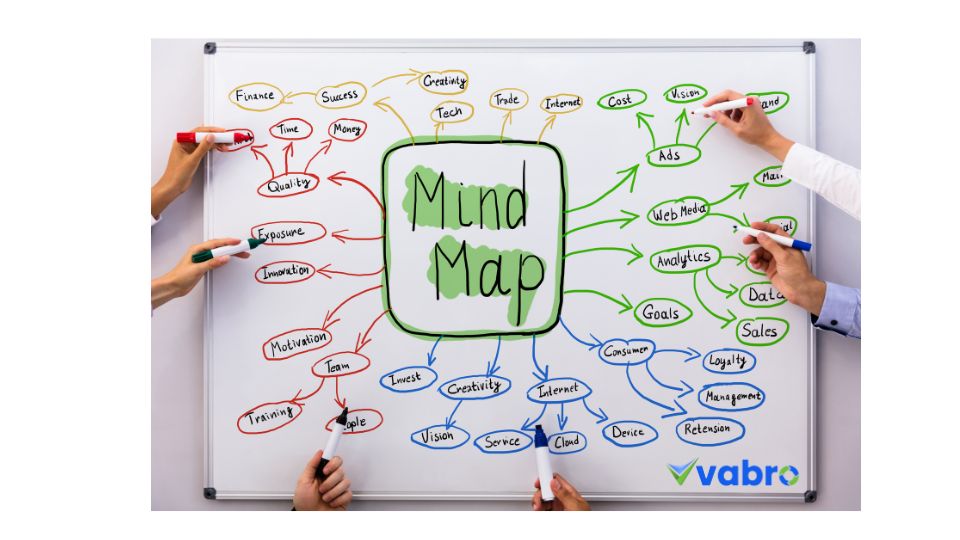How can mind map notes be used in project planning?
Mind map notes can be a powerful tool in project planning because they visually organize ideas, tasks, and resources in a structured yet flexible way.
Here’s how Mind Map can be used effectively in project planning
1. Brainstorming and Idea Generation
- Mind maps allow teams to brainstorm freely and capture all relevant ideas related to the project. You can start with the main project objective at the center and branch out with tasks, resources, risks, and other aspects. This helps identify all possible components of the project.
2. Defining Project Phases
- Each phase of the project (planning, execution, delivery) can be outlined as separate branches on the mind map. Subtasks and milestones can then be added to each phase, ensuring that all steps are clearly defined and easily visualized.
3. Task Prioritization and Dependencies
- Mind maps help prioritize tasks by grouping related tasks together. You can also visually link tasks that depend on each other, making it clear which activities must be completed before others can begin.
4. Resource Allocation
- In project planning, resource management is key. Mind maps allow you to track resources like personnel, equipment, and time. These can be linked to specific tasks or phases, providing a clear visual of resource allocation.
5. Team Collaboration and Communication
- Many digital mind-mapping tools allow multiple users to collaborate in real-time. During the planning phase, team members can add notes, suggest changes, or highlight risks, fostering a collaborative environment.
6. Milestone Tracking and Project Updates
- Mind maps are also useful for tracking progress. Milestones and deadlines can be marked, and updates can be added as branches or comments to track the project's progress visually.
7. Risk Management
- Mind maps can also be used to identify potential project risks. By branching out from tasks and brainstorming possible obstacles or risks, teams can develop mitigation strategies.
Example of Use in Project Planning:
-
Central Idea: Project Launch
-
First Branches: Tasks, Resources, Timeline, Risks
-
Sub-branches under “Tasks”: Define scope, Design phase, Development phase, Testing phase, Marketing
-
Sub-branches under “Resources**: Budget, Personnel, Equipment
Tools for Creating Mind Maps in Project Planning
- Vabro: Integrates mind mapping with project management for smooth transition from planning to execution.
- MindMeister: Allows collaborative mind mapping and integrates with project management tools.
- XMind: Offers simple visualizations for mapping out ideas and workflows.
Conclusion
By incorporating mind maps into project planning, teams can enjoy a flexible and visually engaging method for managing projects, breaking down complex tasks, and fostering collaboration.
